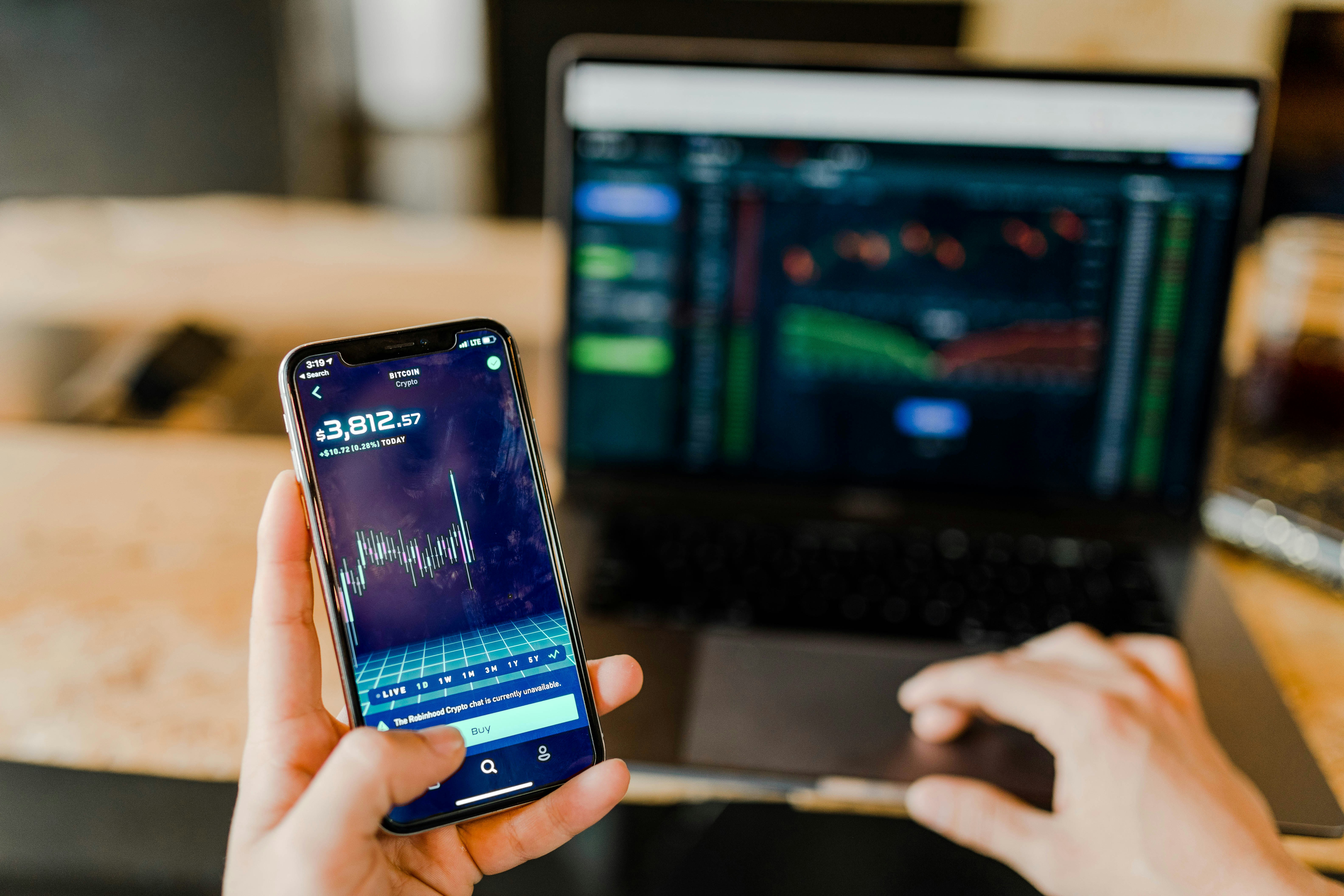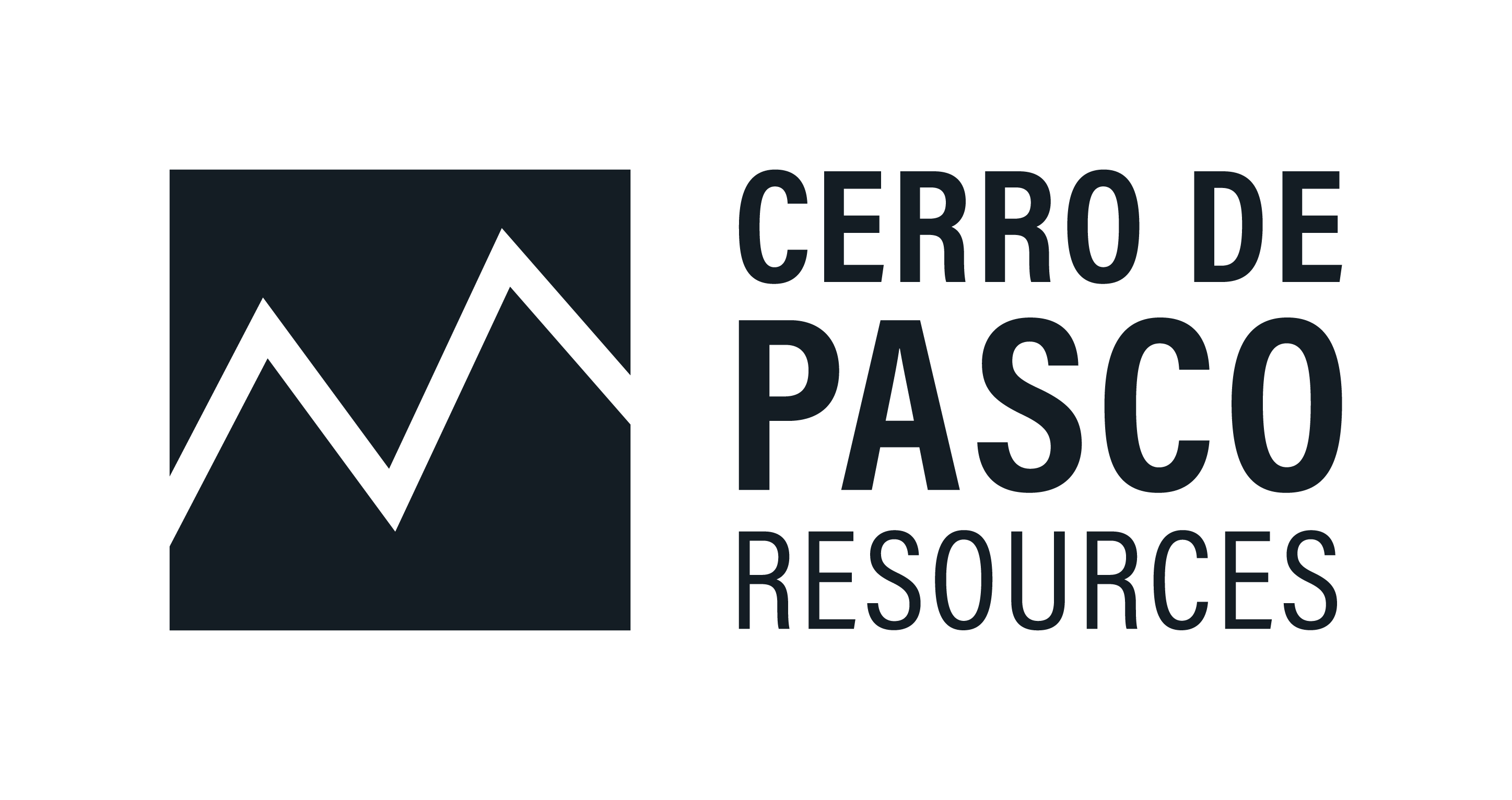Silver Investment Guide: Macro Trends & Strategic Opportunities in 2025

Silver investment opportunities surge as industrial demand meets inflation hedge appeal. ETFs, mining stocks, and macro trends driving 2025 outlook.
- Industrial demand acceleration is creating unprecedented supply deficits, with solar photovoltaic applications alone projected to consume 232 million ounces in 2024 - a fourfold increase since 2015, while global silver supply has declined at a 0.9% compound annual growth rate since 2020.
- Silver's valuation discount to gold has reached extreme levels, with the gold-silver ratio hovering around 90-100:1 compared to the historical average of 65:1, suggesting significant undervaluation that could drive substantial price appreciation.
- Central bank policies and inflation concerns are reviving precious metals' safe-haven appeal, as persistent inflationary pressures and potential Federal Reserve rate cuts create favorable conditions for silver's dual role as both industrial commodity and store of value.
- Strategic metals exposure adds another dimension to silver investing, as many silver deposits contain critical materials like gallium and indium that are essential for semiconductor and green technology applications, amplifying the metal's strategic importance.
- Innovative production methods and asset structures are emerging, from ETF accessibility to tailings reprocessing projects that offer lower-cost, environmentally sustainable approaches to silver production while unlocking previously inaccessible resources.
Silver in the Macro Landscape
Silver occupies a unique position in the commodity complex, serving dual roles as both an industrial metal and precious metal. This duality creates a complex web of demand drivers that extend far beyond traditional precious metals investing. Industrial applications account for approximately 60% of annual silver consumption, with electronics, solar panels, medical devices, and automotive components representing the largest segments.
The current macro environment presents multiple tailwinds for silver. Federal Reserve policy uncertainty, persistent inflation concerns, and a potentially weakening US dollar create favorable conditions for precious metals generally. However, silver's industrial demand profile adds an additional layer of complexity and opportunity that distinguishes it from gold.
Global economic cycles significantly impact silver prices through their effect on industrial demand. As economies transition toward renewable energy and electric vehicles, silver's role in photovoltaic cells (solar panels) and battery technologies positions it as a beneficiary of the energy transition. Solar panel manufacturing alone has emerged as the fastest-growing source of silver demand, with consumption rising 21% annually since 2020.
The current supply-demand dynamics reveal a market under stress. Annual silver supply of approximately 3,100 million ounces falls short of demand estimated at 4,300 million ounces, creating a structural deficit (shortage) that has persisted for several years. This imbalance becomes more pronounced when considering that dedicated silver mines account for only about 30% of global production, with the remainder coming as a byproduct of copper, lead, and zinc mining operations.
Current valuation signals suggest silver may be significantly undervalued relative to gold. The gold-silver ratio, which measures how many ounces of silver equal one ounce of gold, currently trades around 90-100:1. Historical analysis shows this ratio averages closer to 65:1, implying either gold is overvalued, silver is undervalued, or both dynamics are at play.
Silver ETFs: Structure & Investment Mechanics
Silver ETFs have democratized access to precious metals investing, eliminating many traditional barriers associated with physical ownership. These investment vehicles typically operate as grantor trusts that hold physical silver bullion in secure storage facilities, allowing investors to gain exposure to silver price movements without the complexities of storage, insurance, and authentication.
The largest silver ETF, iShares Silver Trust (SLV), holds over 17,000 tonnes of physical silver and provides highly liquid exposure to spot silver prices (the current market price for immediate delivery). The fund's structure as a grantor trust means it simply holds silver bars and issues shares representing fractional ownership of the underlying metal. This straightforward approach minimizes tracking error (the difference between the ETF's performance and actual silver prices) and provides transparent, real-time exposure to silver price movements.
Aberdeen Physical Silver Shares ETF (SIVR) offers a similar structure with slightly lower management fees but reduced trading volume. For investors prioritizing cost efficiency over liquidity, SIVR may present advantages, though the fee differential is relatively modest. Both funds hold 99.99% pure silver bars stored in secure facilities with regular audits and detailed custody arrangements.
Mining-focused ETFs provide leveraged exposure to silver prices through equity ownership in silver mining companies. Global X Silver Miners ETF (SIL) and Amplify Junior Silver Miners ETF (SILJ) offer different approaches to mining exposure, with SIL focusing on larger, established producers while SILJ targets smaller exploration and development companies. These funds typically exhibit higher volatility than physical silver ETFs due to operational risks, management quality variations, and stock market correlations.
The advantages of silver ETFs include accessibility through standard brokerage accounts, elimination of storage costs and security concerns, high liquidity during market hours, and precise tracking of silver prices. Investors can buy and sell ETF shares like stocks, making tactical allocation adjustments straightforward. The funds also provide exposure to institutional-grade silver storage and custody arrangements that would be cost-prohibitive for individual investors.
However, ETF investing does involve trade-offs. Investors give up direct control over physical metal and must rely on fund management and custody arrangements. Tax treatment may differ from physical silver ownership, and tracking errors, while minimal, can occur during periods of extreme market volatility. Additionally, ETF shareholders don't have rights to underlying silver delivery, making these vehicles purely financial instruments rather than commodity ownership.
Macro-Themed Use Cases & Investment Strategies
Silver ETFs serve multiple strategic functions within diversified investment portfolios. As an inflation hedge, silver has historically maintained purchasing power during periods of monetary expansion and currency debasement. The current environment of elevated government debt levels, potential Federal Reserve policy shifts, and persistent inflation concerns creates conditions where precious metals traditionally outperform.
Portfolio diversification represents another compelling use case. Silver exhibits low correlation with traditional asset classes like stocks and bonds, particularly during periods of market stress. This diversification benefit becomes more valuable as traditional correlations between asset classes increase during economic uncertainty.
The industrial demand component adds a growth dimension absent from pure precious metals. As global infrastructure development continues and renewable energy adoption accelerates, silver's industrial applications create demand drivers independent of monetary policy or safe-haven considerations. This dual-demand profile can provide upside participation in economic growth while maintaining downside protection during economic stress.
Speculative momentum strategies have driven significant capital flows into commodity ETFs, including silver. The accessibility of ETF structures has enabled retail and institutional investors to rapidly adjust commodity exposure, sometimes creating short-term price dislocations that sophisticated investors can potentially exploit.
Recent examples include mid-2025 inflows that contributed to silver price rallies, demonstrating how ETF mechanics can amplify underlying commodity trends. However, these same mechanisms can work in reverse, with rapid outflows potentially exacerbating price declines during periods of reduced investor interest.
Current Market Dynamics & 2025-2026 Outlook
Analyst forecasts for silver prices reflect cautious optimism tempered by macroeconomic uncertainties. Consensus estimates suggest silver may average approximately $33.10 per ounce in 2025, with potential upside to $34.58 per ounce in 2026. These projections incorporate expectations for continued industrial demand growth offset by potential economic headwinds.
Current market headwinds include softening industrial demand in key consuming regions, ongoing trade tensions that could disrupt supply chains, and recession risks that might reduce industrial silver consumption. China's economic slowdown poses particular risks given its dominant role in electronics manufacturing and renewable energy deployment.
However, several catalysts could drive silver prices higher. Anticipated US interest rate cuts would reduce the opportunity cost of holding non-yielding assets like silver while potentially weakening the dollar. Persistent inflation concerns could revive safe-haven demand, while continued growth in green infrastructure projects would support industrial demand.
The supply side presents additional considerations. Many silver mines are aging, and new discoveries have been limited. Additionally, silver's byproduct nature means production decisions often depend on base metals economics rather than silver prices alone. This dynamic can create supply inelasticity that amplifies price movements during demand shifts.
Strategic Company Examples & Sector Dynamics
The silver mining sector encompasses diverse business models and risk profiles that illustrate different approaches to silver exposure. Several companies exemplify strategic trends shaping the industry, with management teams expressing strong conviction about both their assets and silver's broader potential.
Americas Gold & Silver - Production Stage
Americas Gold & Silver represents a pure-play silver strategy with approximately 80% of revenue derived from silver production. Currently in the production and expansion phase, the company operates the Galena Complex and San Rafael operations while advancing development at its EC120 mine (targeted for Q4 2025 launch). The company's Galena Complex demonstrates how infrastructure investment and operational improvements can unlock value in established silver districts. Recent exploration successes, including the 034 Vein Discovery with grades of 983 grams of silver per tonne over 3.4 meters (equivalent to about 31 ounces per ton), highlight the exploration upside potential in mature silver camps.
CEO Paul Huet's bullish outlook reflects broader industry sentiment about silver's potential:
"I'm a firm believer in silver, but at $30 silver, this thing is going to rocket. Now, if you start thinking, well, could silver be $35-$40 an ounce? There's a lot of people who are speculating even higher than that, given the distortion on the ratio."
This perspective underscores how current gold-silver ratio distortions could drive significant price appreciation.
The company's strategic reset, including balance sheet restructuring and institutional backing from Eric Sprott, illustrates how financial engineering can enhance operational flexibility. With backing from sophisticated precious metals investors holding over 60% of shares, the company benefits from patient capital aligned with long-term silver market dynamics.
Interview with Paul Huet, CEO of Americas Gold & Silver
Vizsla Silver - Development Stage
Vizsla Silver exemplifies the development-stage silver opportunity, currently advancing toward feasibility completion (detailed economic study) in H2 2025 and targeting first production from its Panuco district in H2 2027. The company is fully funded through feasibility with US$200 million cash and no debt, positioning it strongly for the critical development phase ahead. The project's economics demonstrate silver's potential profitability, with projected all-in sustaining costs (total production costs including capital expenditures) of $9.40 per ounce supporting robust margins at current price levels. The company's resource base of 222.4 million ounces of measured and indicated silver equivalent (proven and probable reserves) reflects the scale possible in world-class silver deposits.
The quality of Vizsla's flagship deposit draws particular praise from management. COO Simon Cmrlec emphasizes the asset's exceptional characteristics:
"So we are in fact mining right now. The only thing we really need to do of course is to get our permit to build the mill and build the tailings and then produce from the underground mine... allows us to test the contractors, test our team, get our highs and our hands on mineralization there at Copala, which is the big main structure that we'll be mining probably for the next, in the PEA says 10 years, but I suspect it'll be a number of decades past that."
This operational confidence reflects the technical advantages that differentiate world-class silver deposits from average projects.
Vizsla's clear timeline from feasibility study (H2 2025) through construction (2026) to production (H2 2027) illustrates typical development timeframes for silver projects. The company's strategic focus on becoming the world's largest single-asset silver primary producer demonstrates the scalability possible in tier-one silver deposits.
Interview with Simon Cmrlec, COO of Vizsla Silver
Cerro de Pasco Resources - Early Development/Study Stage
Cerro de Pasco Resources represents an innovative approach through tailings reprocessing (re-mining waste material from previous mining operations), currently in the early development and study phase with metallurgical testing and resource definition work underway in 2025. The company is targeting 423 million ounces of silver equivalent contained in historic tailings at its Quiulacocha project. This model offers several advantages: lower operating costs ($1-2 per tonne versus $2-200 for conventional mining), environmental benefits through legacy cleanup, and exposure to strategic metals including gallium, which is critical for semiconductor applications.
CEO Guy Goulet highlights the remarkable grade profile of the tailings resource:
"You take the average of the tailings, the polymetallic, and you put that in silver equivalent - it's more than the average of the underground mines on the planet. And it's above ground."
This assessment underscores how technological advances and changing economics can transform previously overlooked resources into viable mining opportunities.
The tailings reprocessing approach demonstrates how technological innovation can unlock previously inaccessible silver resources while addressing environmental concerns. With China controlling 98% of global gallium production, projects like Cerro de Pasco's could provide strategic alternatives for Western supply chains.
Interview with Guy Goulet, CEO of Cerro de Pasco
Risk Management & Future Considerations
Silver investing involves multiple risk factors that investors must understand and manage. Price volatility significantly exceeds that of traditional asset classes, with silver often experiencing larger percentage moves than gold during market stress. This volatility can work in investors' favor during silver bull markets but can create substantial drawdowns (temporary losses) during unfavorable periods.
Tracking error risk affects ETF investors, particularly during periods of extreme market stress when fund mechanics may create temporary price dislocations (differences between ETF price and actual silver value). Premium and discount dynamics can cause ETF prices to deviate from underlying silver values, though these differences are typically modest and temporary.
Liquidity risk varies by investment vehicle, with large silver ETFs offering excellent liquidity while smaller mining companies may experience wider bid-ask spreads (the difference between buying and selling prices) and reduced trading volumes. Investors should consider liquidity needs when selecting specific silver investments.
Macro shift risks include changes in industrial demand patterns, monetary policy reversals, and technological substitution. While silver's industrial applications continue expanding, technological changes could potentially reduce silver intensity in certain applications, affecting long-term demand projections.
For Investors
Silver presents a compelling investment opportunity in 2025, combining traditional precious metals characteristics with industrial growth exposure. The metal's dual nature as both safe-haven asset and industrial commodity creates multiple demand drivers that could support higher prices over time.
ETF structures have democratized silver investing, providing accessible, cost-effective exposure without traditional physical ownership complications. These vehicles enable tactical allocation strategies while maintaining portfolio liquidity and diversification benefits.
The current macroeconomic environment, characterized by inflation concerns, monetary policy uncertainty, and energy transition trends, creates favorable conditions for silver investment. Industrial demand growth, particularly from solar photovoltaic applications, provides a secular growth driver independent of monetary considerations.
Strategic opportunities exist across the silver value chain, from ETF exposure capturing broad market trends to individual mining companies offering leveraged exposure to silver price movements. Innovation in production methods, including tailings reprocessing and advanced extraction techniques, continues expanding the universe of silver investment opportunities.
For investors seeking inflation protection, portfolio diversification, or exposure to industrial innovation trends, silver ETFs offer a macro-themed tool combining accessibility with strategic positioning. However, success requires understanding silver's unique risk-return profile and implementing appropriate risk management practices within broader investment frameworks.
The silver market's structural supply-demand imbalance, combined with growing industrial applications and potential monetary policy support, suggests the metal may offer compelling opportunities for patient, well-informed investors willing to accept inherent volatility in pursuit of long-term value creation.
Analyst's Notes




Subscribe to Our Channel
Stay Informed




















